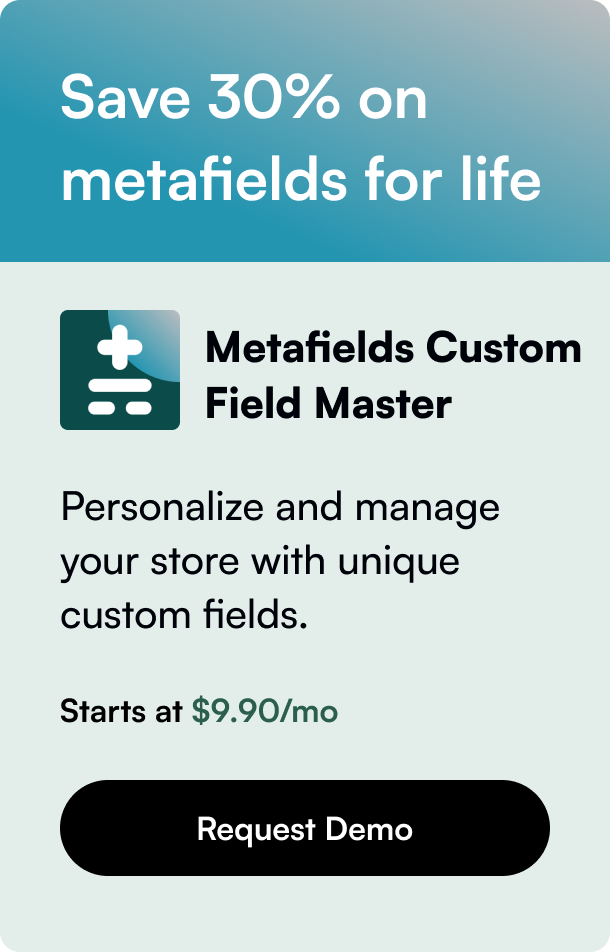Table of Contents
- Introduction
- The Basics of Image Optimization
- How to Resize Images on Shopify
- Best Practices for Image Optimization
- FAQ
Introduction
Ever wondered why your Shopify store feels sluggish or why potential customers leave your site without making a purchase? The culprit could often be the size of images on your site. Images that are too large can significantly slow down your page load times, impacting user experience and SEO rankings. However, with the right techniques, you can optimize your images, making your Shopify store faster and more efficient. This guide will take you through everything you need to know about making images smaller on Shopify, enhancing your site's performance and appeal.
The importance of image size optimization cannot be overstated. In today's fast-paced digital world, speed is of the essence. Users expect web pages to load quickly, and search engines like Google factor page speed into their rankings. By optimizing your images, you're not only improving the browsing experience for your visitors but also boosting your site's visibility.
In this post, we'll explore various methods to resize and optimize your images for Shopify. From using Shopify's built-in tools to external software and best practices for image optimization, this guide will equip you with the knowledge to enhance your site’s performance and user experience.
The Basics of Image Optimization
Understanding Image Aspect Ratio: Before diving into resizing techniques, it's crucial to understand the concept of aspect ratio. It's the ratio of an image's width to its height, crucial for maintaining consistency across your site. Shopify recommends using a consistent aspect ratio for product images to ensure they appear uniform and professional.
Choosing the Right File Format: Not all image formats are created equal. Formats like JPEG are excellent for photographs due to their compression capabilities, while PNGs are better for graphics with fewer colors. Shopify supports various image formats, but choosing the right one based on your image content can dramatically reduce file sizes.
How to Resize Images on Shopify
Shopify offers an intuitive image editor that allows you to crop, resize, and modify your images directly within the platform. This feature is especially useful for quick edits and ensures that your images are optimized for web use without leaving the Shopify interface.
Using Shopify's Image Editor
- Accessing the Image Editor: Navigate to the 'Products' section in your Shopify admin and select the product you want to edit. In the 'Media' section, click on the image to open the image editor.
- Resizing and Cropping: Shopify's editor lets you easily crop images to the desired aspect ratio or resize them to reduce their file size. This can significantly impact your page load speed without compromising the image quality.
- Optimizing for Different Platforms: With Shopify's editor, you can also prepare your images for various platforms like social media, ensuring they are perfectly sized for each channel.
External Tools for Image Optimization
While Shopify's built-in tools are handy, sometimes you may need more control over your image optimization process. Tools like Adobe Photoshop, GIMP, and online platforms like TinyPNG offer advanced features for image editing, compression, and optimization, giving you the flexibility to fine-tune your images for optimal performance.
Best Practices for Image Optimization
- Automate Optimization: Consider using Shopify apps or third-party services that automatically optimize images as you upload them, saving you time and ensuring consistent image quality across your site.
- Keep Mobile Users in Mind: With a significant portion of traffic coming from mobile devices, optimizing images for mobile is crucial. Ensure that images are responsive and load quickly on various devices.
- Test Your Site’s Speed: Use tools like Google PageSpeed Insights to test your site's speed before and after image optimization. This will give you an idea of the impact of your optimization efforts and highlight areas for further improvement.
FAQ
Q: How does resizing images affect their quality?
A: Proper image resizing and optimization should not noticeably affect image quality for web use. The goal is to balance file size and quality, ensuring fast load times without compromising visual appeal.
Q: Can I revert images back to their original size after editing in Shopify?
A: Once changes to an image are saved in Shopify's image editor, they cannot be reverted. It's a good practice to keep original copies of your images before uploading and editing them on Shopify.
Q: What is the best size for Shopify images?
A: Shopify recommends using images that are 2048 x 2048 pixels for square product photos, which offers a balance between file size and quality for zoom functionality.
Q: How many images should I use for each product?
A: Use enough images to adequately showcase your product, typically 3-5 per product. Ensure each image is optimized to avoid negatively impacting page speed.
Optimizing your images for Shopify isn't just about making them smaller; it's about creating a fast, efficient, and visually appealing online store that engages visitors and drives sales. By implementing the techniques and best practices outlined in this guide, you're well on your way to enhancing your Shopify site's performance and user experience.










